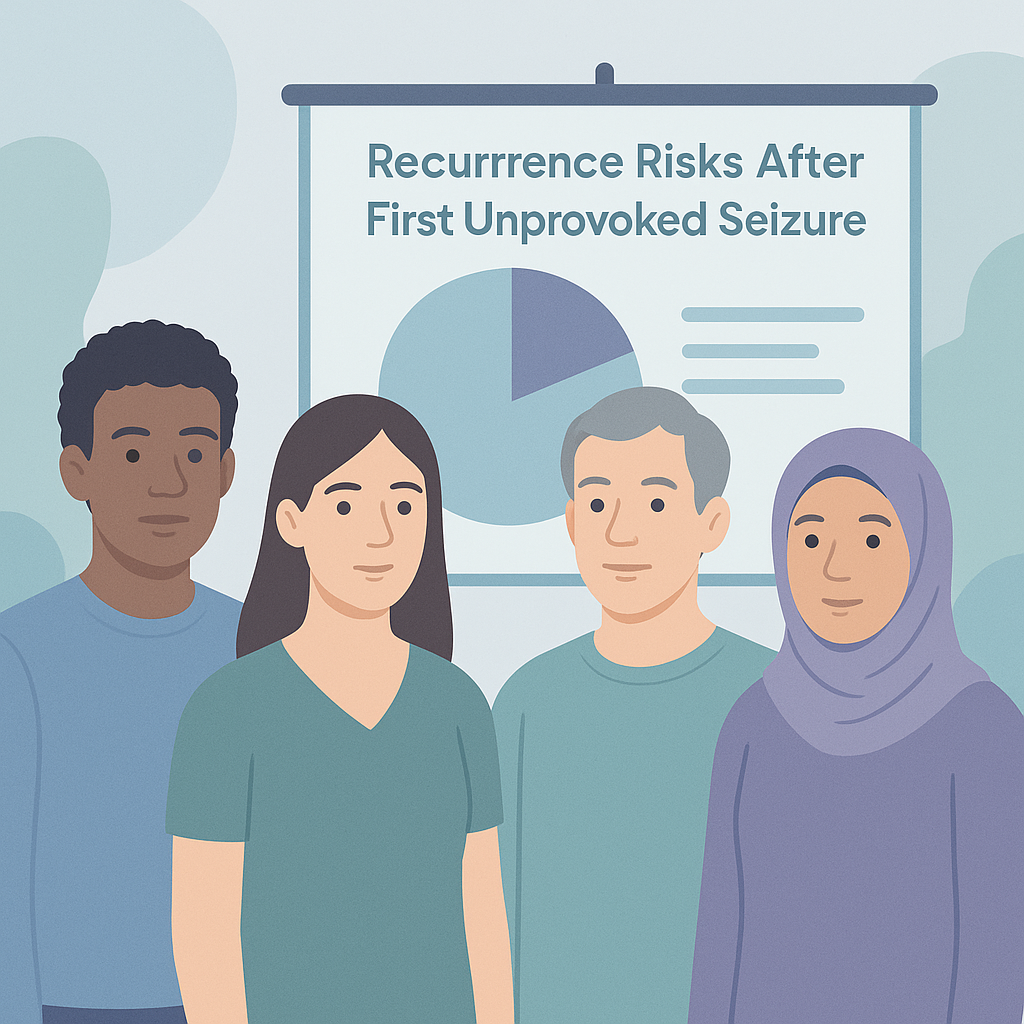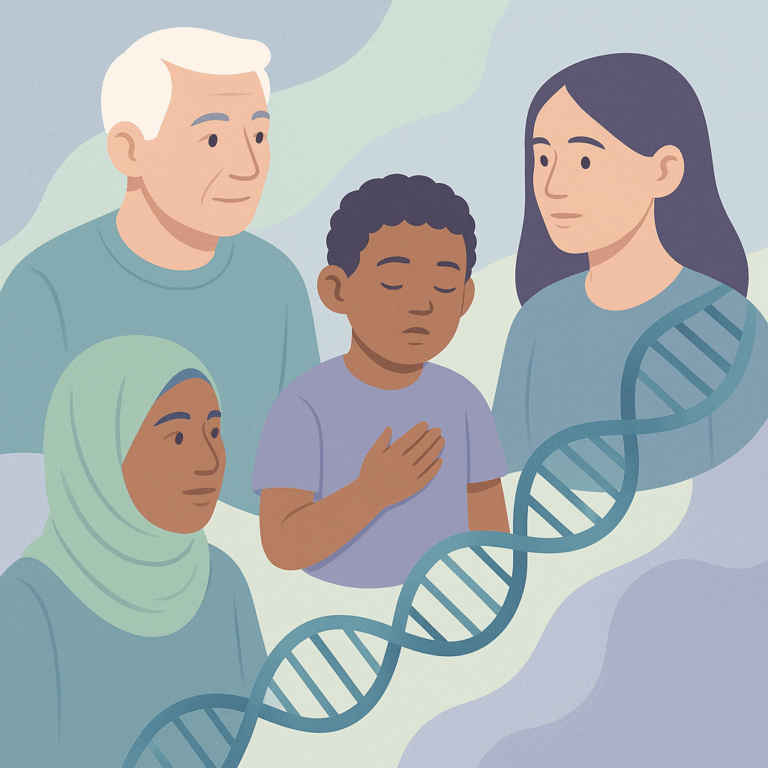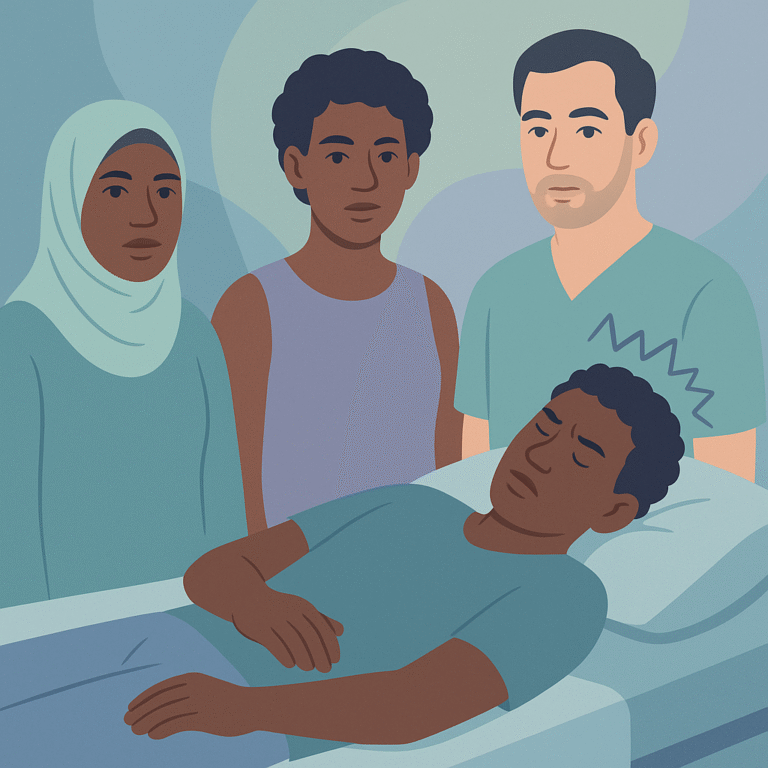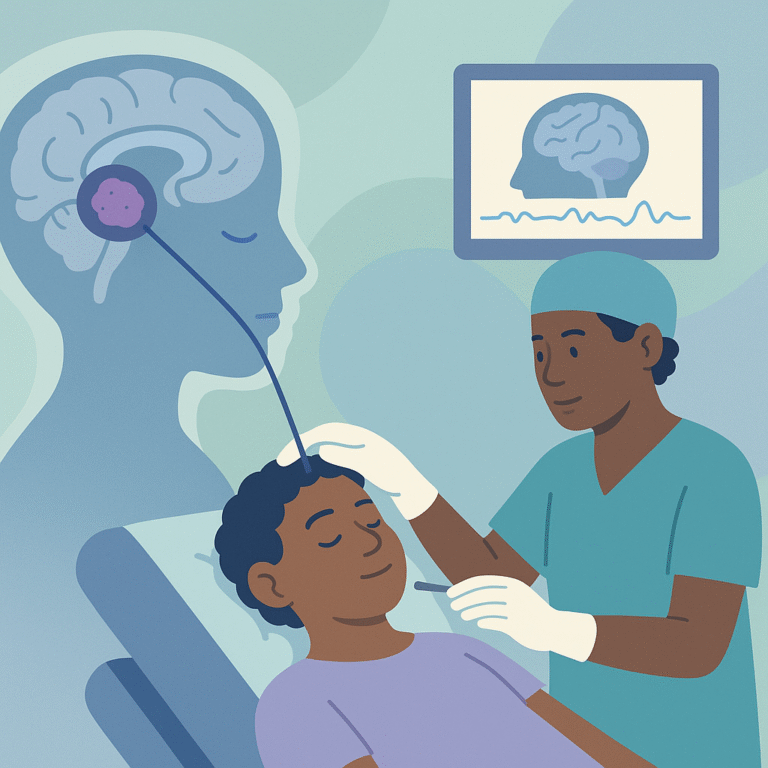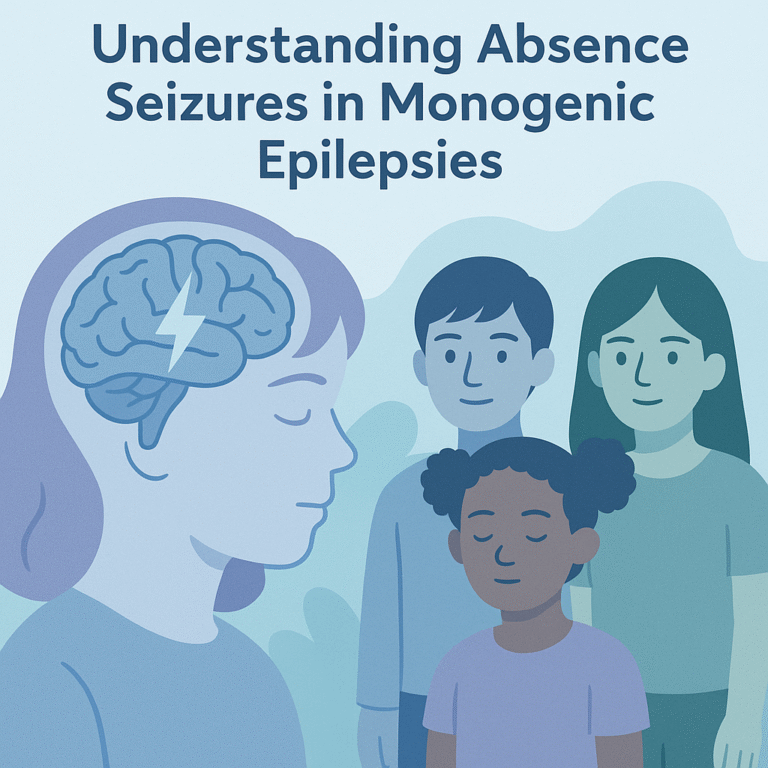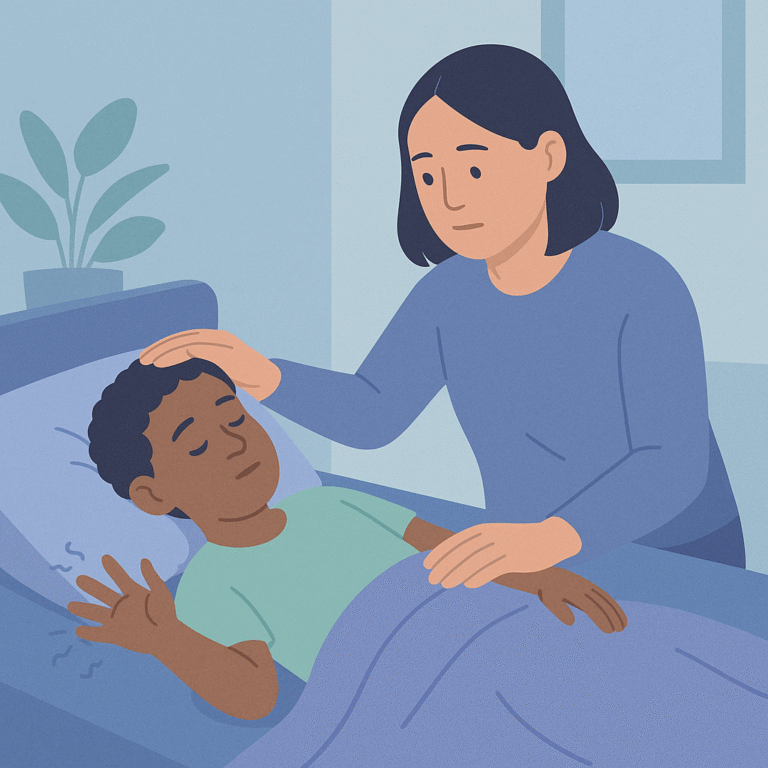Understanding Seizure Recurrence Risks After First Unprovoked Seizure
Source: The Cochrane database of systematic reviews
Summary
Researchers studied factors that might predict whether someone will have another seizure after experiencing their first unprovoked seizure. They looked at data from 23 studies involving nearly 6,000 participants, including both children and adults. The goal was to identify which characteristics—like age, type of seizure, and results from tests—could help determine the risk of having more seizures or developing epilepsy.
The key findings suggest that certain factors may increase the risk of having another seizure. For example, having an abnormal EEG (a test that measures brain activity) and abnormal brain imaging were linked to a higher chance of recurrence. Other factors like having nocturnal seizures (seizures that happen during sleep), a family history of epilepsy, and experiencing Todd's paresis (temporary weakness after a seizure) also seemed to raise the risk, but the evidence for these was less certain.
Understanding these factors is important because it can help doctors provide better advice to patients and their families about the likelihood of future seizures. However, the study has limitations, such as differences in how studies defined and measured these factors, which makes it hard to draw firm conclusions. Future research should aim for more consistent methods to improve the reliability of these findings, which could ultimately help in making better treatment decisions and guiding healthcare policies.
Free: Seizure First Aid Quick Guide (PDF)
Plus one plain-language weekly digest of new epilepsy research.
Unsubscribe anytime. No medical advice.